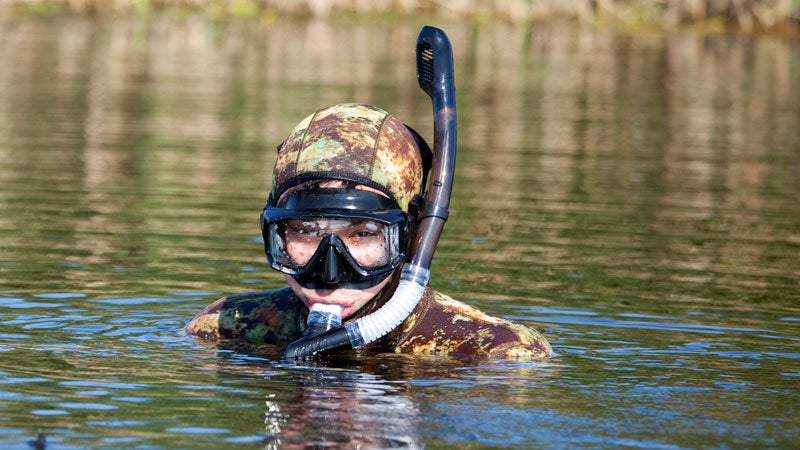I have a friend—let’s call her L—who lives in Washington, close to a small river that feeds tidal flats full of the best oysters I’ve ever tasted. Elk walk the stream’s banks. It’s also full of anadromous fish.
Last year, I visited L during what turned out to be the richest period for Pacific Northwest salmon returns in recent memory. Biologists had set up camp at the river to study and revel.
One afternoon, I borrowed one of their drysuits and a snorkel, hiked upstream, and waded in. The air in the suit buoyed me to the surface like a balloon, and I looked down at the moving shadows below. Balloons float downstream, salmon swim up; miraculous encounters ensued. A male pink, his back humped in a boil, wriggled by within arm’s reach.
In a redd—a gravel bed where salmon deposit eggs—a couple of pinks shook softly. I drifted to a deeper pool, where I was swarmed. Coho, pink, steelhead, pink, chinook, pink. Then I rammed into a gravel bed and rolled over. When I submerged again I tried to count but couldn’t. The salmon were just everywhere. I wanted to laugh out loud but couldn’t; I was snorkeling facedown in an icy river. There was nothing to do but breathe deep and drift on through the wild traffic.


